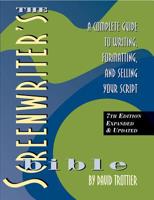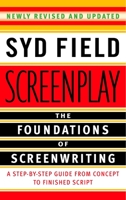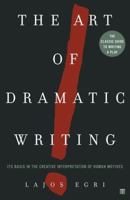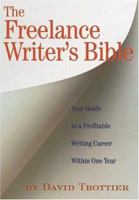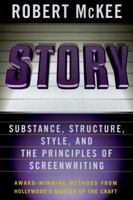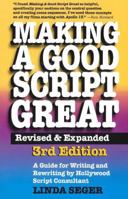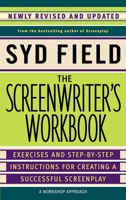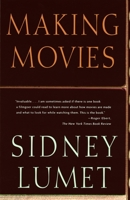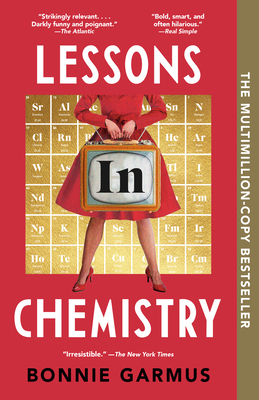Dr. Format Answers Your Questions, Revised Edition
You Might Also Enjoy
Customer Reviews
Rated 5 starsWorked well for self-study
I taught myself FEM for a project that needed it from this book. The book was well structured and clearly written such that I needed no other outside resources to figure out what to do. (The project was a mechanical simulation for part of a physics experiment I was working on.) Would recommend without hesitation to the self-studier.
0Report
Rated 5 starsThe perfect reference to start with FEM
Dr. JN Reddy's "An Introduction to the FEM" serves as a stand-alone and all-inclusive reference text. After reading the first two chapters, I felt perfectly comfortable with the logical sequence by which ideas and methodology of FEM are presented. The author has delivered the analysis of 1D problems in an easy-to-follow manner i.e. from bar, truss, beam and frames before proceeding to the time-dependent problems. His FEM1D...
0Report
Rated 5 starsa very good book
I learnt FE from this book. It is clear, coincise, full of well-worked examples. It covers almost all of the aspectes of FE programming. The book contains two educational codes, thought both are FORTRAN77 code, one can easily understand what's going on, so as to rewrite it in C or, say, FORTRAN90.The first s chapters of the book regard the FEm method in general, the 4th focuses on structural mechanics, 5th is about errors...
0Report
Rated 5 starsAn easy to follow step-by-step format
From an undergraduate student perspective, this book is a great introductory text. It gives full details and easy to follow step-by-step methods for the example problems. Thank you, thank you, thank you for making this book understandable! I hope other authors of books for undergraduate students will apply a similar format.
0Report
Rated 5 starsOne of the best!
J.N. Reddy's has to be one of the finest books for learning the finite element method. The presentation is simple and follows a careful order that essential for understanding the implementation of the technique. The book has many examples from structural engineering, but even if you are not interested in structures (as I am), there are many cross-disiplinary examples. The book also has some Fortran examples in the appendix...
0Report












